Fog Lights vs Driving Lights: What Are the Differences?
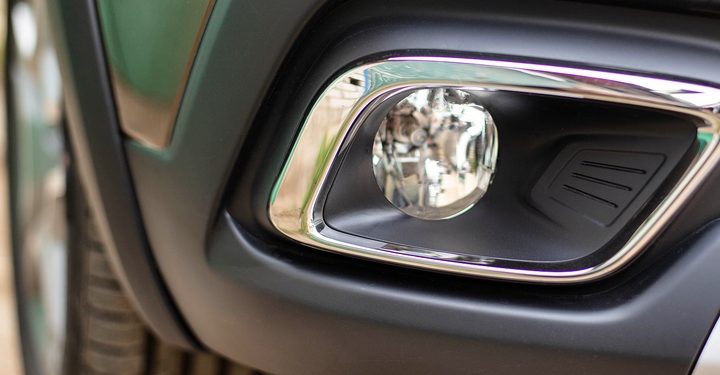
In addition to standard headlights, you have just realised that your new vehicle was equipped with fog lights and driving lights. Or perhaps your fog lights are not working properly, and you are wondering if you need to replace them as soon as possible, or if you can keep driving without them.
As you can see, fog lights and driving lights have very different purposes. If your fog lights are not functioning properly, you can’t use your driving lights instead, and you should get them repaired or replaced so you can safely drive in the fog, in the rain or in the snow.
Do you want to have a better understanding of your vehicle’s lighting system? Here is what you need to know about fog lights vs driving lights:
1. Fog lights help you drive through the fog or the rain

There are many pros and cons in the debate of fog lights vs driving lights. A benefit of fog light is it helps you drive through the fog and rain. Why are fog lights called fog lights? Because their purpose is to help you drive through thick fog by cutting through it and lighting up the surface of the road.
Fog lights are also useful for situations where the visibility is limited, such as when it’s raining or snowing, or when strong winds are lifting dust up from the road. Your vehicle’s fog lights help keep you safe in these difficult driving conditions.
2. Driving lights help you stay safe on dark and isolated roads
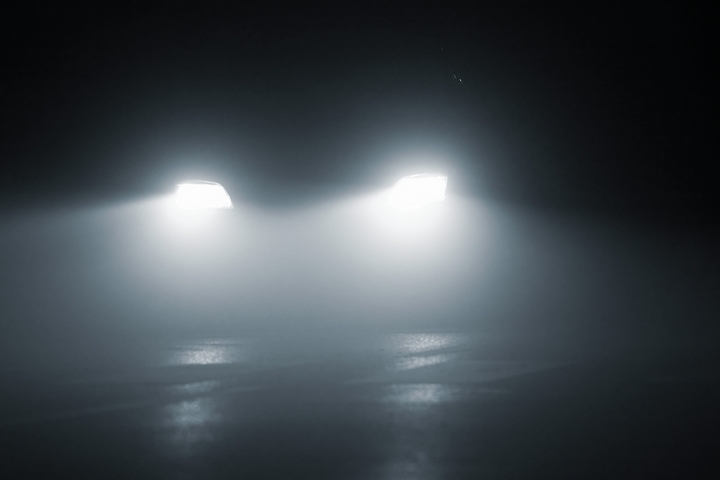
If you often find yourself driving on isolated roads at night, you are certainly familiar with switching on your driving lights in addition to your vehicle’s standard headlights.
When it’s dark and there isn’t a lot of traffic, driving lights help you see the road ahead of you so you can drive safely and avoid any possible obstacles. They help you see more clearly than if you were only using your headlights.
3. Fog lights are not very bright

Fog lights produce both white and yellow light, but this light is not very bright. This is because the light they produce is meant to cut through the fog so it can illuminate the road right in front of your vehicle, allowing you to see well enough so you can stay within your lane whenever your visibility is limited.
If your fog lights were too bright, instead of cutting through the fog, their light would probably hit the fog and bounce back into your face.
4. Driving lights are extremely bright
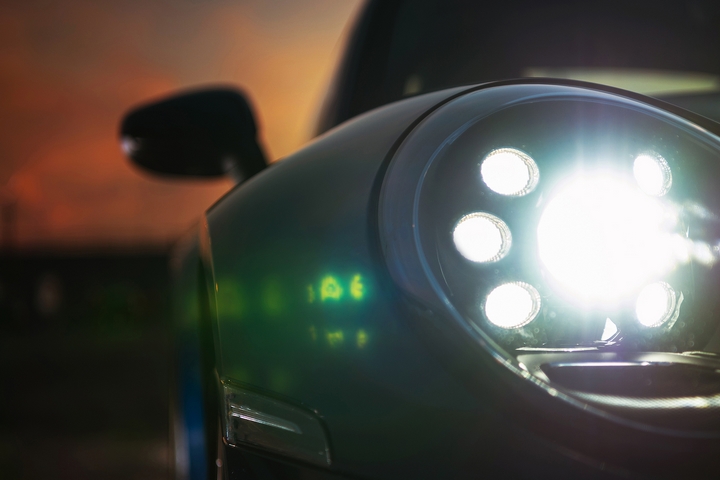
On the other hand, driving lights produce white light that is extremely bright. This bright light helps you see the road far ahead, as well as any person, animal or object that could be in your way.
In fact, driving lights are so bright that they can distract and endanger other drivers. When you see oncoming traffic on a dark and remote road, you should switch them off to avoid blinding the drivers of the vehicles driving on the other lane.
5. Fog lights produce a short and wide beam of light
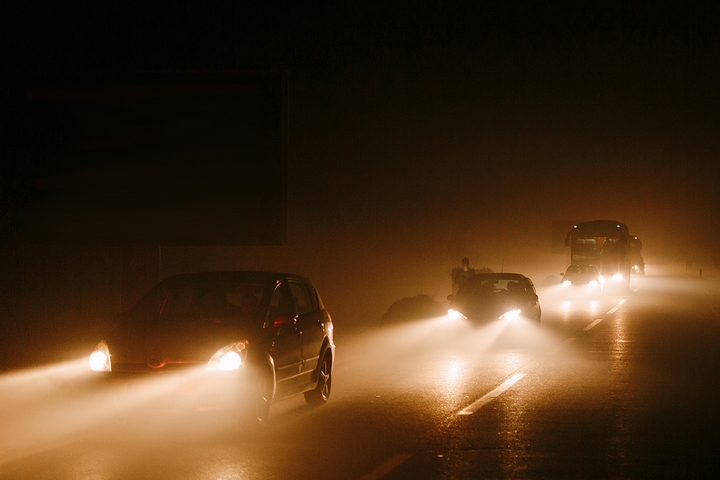
To accomplish their purpose, fog lights produce a short and wide beam of light. This unique beam shape is designed to show you the road and the sides of the road right ahead of you while you drive through the fog, the rain or the snow.
Once again, it would not be useful for fog lights to shine any further than that, as the beam of light would only bounce back off the fog, or off the particles floating in the air in front of you.
6. Driving lights produce a long and narrow beam of light
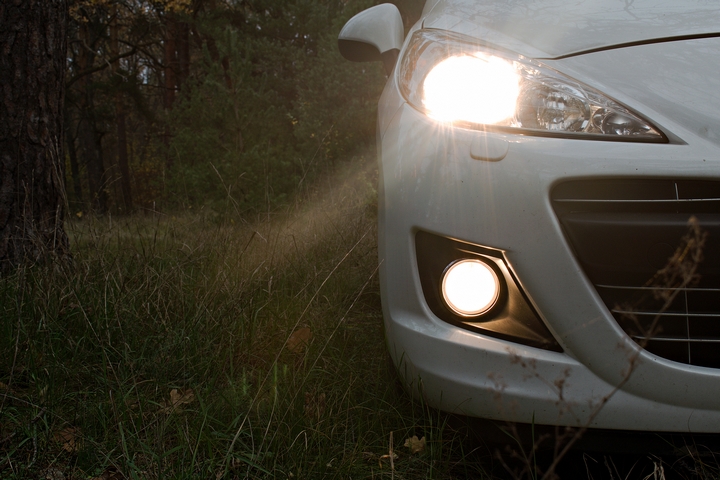
Since driving lights are designed to help you see the road far ahead when it’s dark, the beam of light they produce is long and narrow.
This beam shows you the road in front of your vehicle, and far ahead, so you can see obstacles approaching and have enough time to react appropriately. Driving lights have to be used in addition to your standard headlights, whenever these are not enough to allow you to see the road clearly.
7. Fog lights should be mounted at bumper level
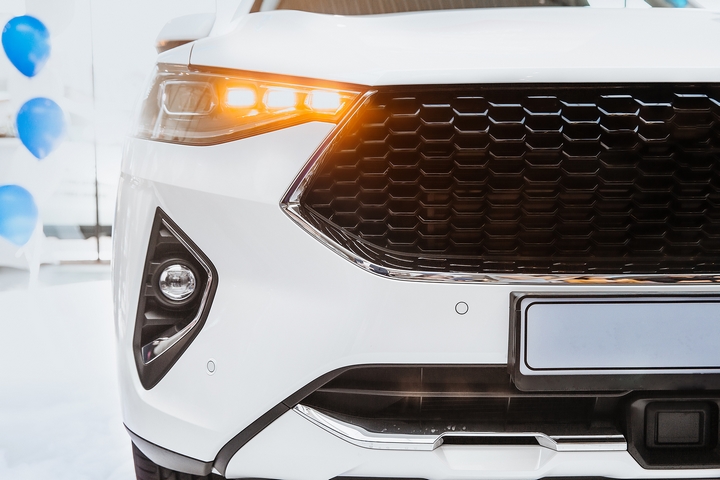
Fog lights are usually located at, or below the bumper level of a vehicle. This low position helps their beam stay below your eye level.
Fog usually settles around 24” above the ground, so by mounting fog lights below that level, their beam shines below the fog instead of bouncing back off it. If fog lights were installed higher than bumper level, they would lose their efficiency.
8. Driving lights should be placed around the same height as standard headlights
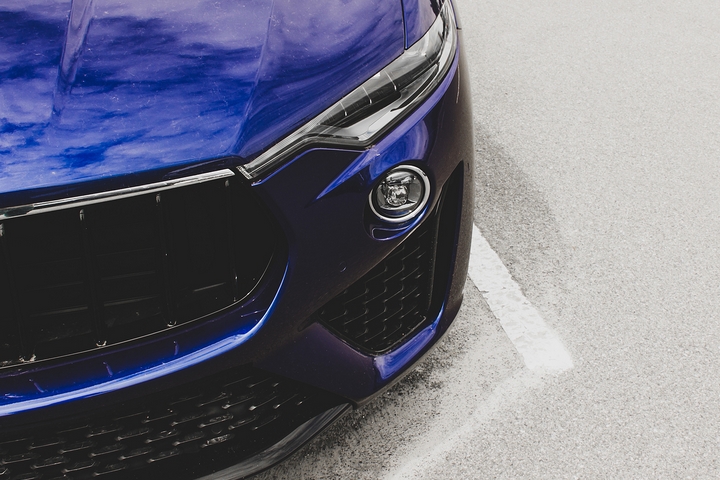
As for driving lights, they are usually mounted at the same height as, or perhaps a bit higher than standard headlights.
Their position helps them illuminate the road ahead of the vehicle as they work with standard headlights to improve your visibility and help you drive safely on dark, remote roads.


